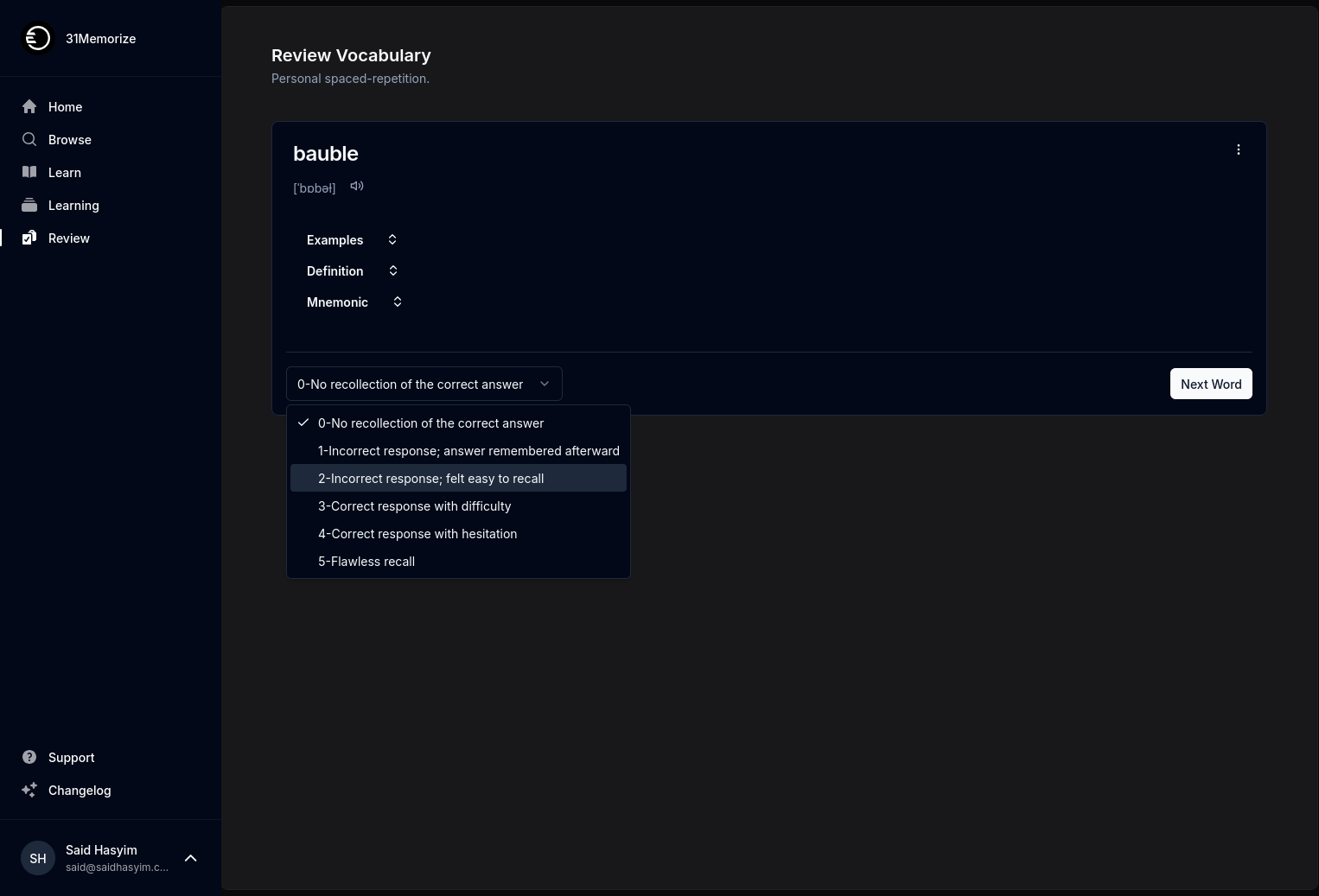Insights You Can Gain from Monitoring Book Ratings
In an era saturated with content, readers often find themselves overwhelmed with choices. With the rise of online platforms and social media, book ratings have become a pivotal factor in selecting reading material. But book ratings are not just numbers—they offer valuable insights that can enhance our understanding of literature, trends in reading, and even cultural shifts. In this blog post, we will explore the multifaceted insights you can gain from monitoring book ratings.
Understanding Reader Preferences
One of the most immediate insights from book ratings is an understanding of reader preferences. By observing which books receive high ratings and which do not, you can identify what themes, genres, and styles resonate with readers. For example, if contemporary romance novels are consistently rated higher than historical fiction in a given year, it could suggest a shift in reader interests.
Genre Trends
Monitoring book ratings over time can reveal trends within specific genres. As societal norms evolve, so do the narratives and characters readers seek. An uptick in the ratings of books featuring diverse voices or tackling social issues may highlight a growing demand for representation in literature.
Popularity of Authors
The ratings can also provide insights into the popularity of specific authors. An author who consistently receives high ratings may indicate a strong reader base and a signature style that appeals to a wider audience. Conversely, a sudden drop in ratings for an established author could point to a misalignment between expectations and the book's content, which can serve as valuable feedback for both authors and readers.
The Impact of Reviews
Reviews are the lifeblood of book ratings. They offer not just a number but context that can enrich your understanding. By carefully analyzing the reviews accompanying ratings, you can uncover common themes or issues that readers have with a particular book.
What Readers Value
Through reviews, you can gain insights into what aspects of a book resonated with readers—be it character development, pacing, or writing style. When multiple ratings highlight these factors, they can serve as important indicators for both new authors and publishers regarding what elements are essential to a successful book.
Constructive Criticism
Negative reviews, when constructive, can also illuminate what not to do in writing or marketing a book. Authors can glean valuable lessons from criticism, turning negative feedback into actionable improvements.
Societal and Cultural Reflections
Books are often reflections of society, and monitoring ratings can reveal broader cultural trends. An increasing number of ratings for dystopian novels during times of uncertainty, for instance, may reflect societal anxieties. Conversely, a rise in ratings for self-help books during challenging times could indicate a collective desire for personal development and resilience.
Current Events and Popularity
You may also find that current events heavily influence book ratings. For instance, a surge in interest in climate change could lead to higher ratings for works focusing on environmental issues. This indicates that readers are looking for literature that not only entertains but also engages with pressing societal challenges.
Market Potential for New Authors
For aspiring authors, book ratings can be a major indicator of market potential. Monitoring ratings can provide insights into what types of stories are currently being embraced by the reading community, thereby guiding new authors in their writing journeys.
Identifying Gaps in the Market
By analyzing popular ratings, new authors may identify gaps or underserved niches in the market. If a particular type of narrative or voice is underrepresented among highly-rated books, this presents an opportunity for writers to carve a unique space for themselves.
Targeting Your Audience
Understanding the demographics of readers who rate books highly can inform authors about their target audience. Monitoring ratings from specific platforms can help authors tailor their marketing strategies, reaching the readers most likely to appreciate their work.
Building a Community
Monitoring book ratings can also facilitate community engagement. Readers often gravitate towards others who share their tastes, and discussions can flourish around highly-rated books. This sense of camaraderie can foster deeper connections with literature and with fellow readers.
Book Clubs and Reading Groups
For book clubs, ratings can serve as discussion starters. High-rated books that evoke varying opinions often spark rich conversations. Clubs can use ratings to choose which books to read next, ensuring that they remain in tune with current literary trends.
Social Media Influence
Social media platforms are teeming with book lovers who share their thoughts through ratings and reviews. By following these trends, readers can not only stay connected with literary communities but also discover new reads that they might not have encountered otherwise.
Conclusion
Monitoring book ratings provides a treasure trove of insights that go beyond mere numbers. From understanding current reader preferences to assessing cultural trends, the implications of these ratings are profound. They serve as a guide for authors and readers alike, offering a glimpse into the evolving world of literature.
Whether you are an avid reader, a budding author, or simply someone curious about the literary landscape, paying attention to book ratings will enrich your reading experience and keep you engaged in the vibrant communities that celebrate literature. As we continue to navigate the world of books, let us appreciate the stories behind the ratings and the connections they help forge. Happy reading!
